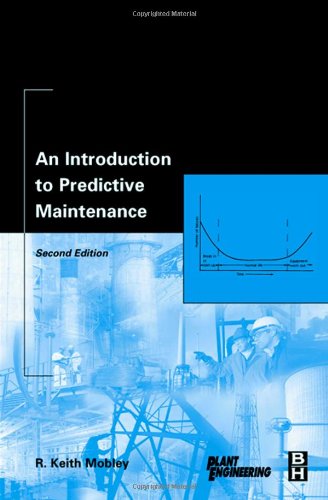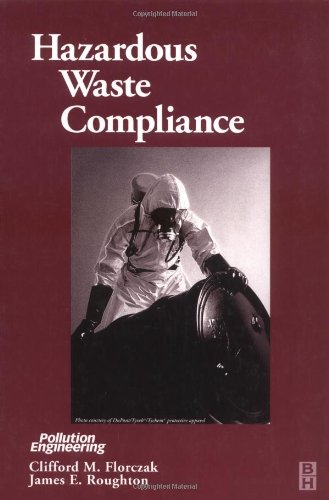Richard F. Fellows, Anita M. M. Liu9781405177900, 140517790X
The third edition has been updated throughout and extended in scope to cover many areas of concern in quantitative and qualitative research, including research ethics.
Three main sections – producing a proposal; executing the research; and reporting the results – discuss the key issues in research and examine the primary approaches, both qualitative and quantitative. The methods adopted for scientific and engineering experiments, model building and simulations are discussed, as well as those employed for research into management, social and economic issues.
The authors examine the requirements for data and analysis, including the important statistical considerations and a range of qualitative techniques that enable construction researchers to appreciate what needs to be evaluated in devising how research may be carried out effectively and efficiently. Research Methods in Construction will help you instil rigour into your problem-solving, and your reports and publications. It will be of value to construction, surveying, architecture and civil engineering students undertaking research, whether for bachelors and masters degree dissertations, or for masters and doctoral research degree theses.
Table of contents :
Research Methods for Construction……Page 2
Preface to Third Edition……Page 10
Preface to Second Edition……Page 12
Part 1
Producing a Proposal……Page 15
The concept of research……Page 17
Classifications of research……Page 21
Theories and paradigms……Page 26
Research styles……Page 34
Quantitative and qualitative approaches……Page 40
Where to begin……Page 44
References……Page 46
Selection of a topic……Page 49
Writing the proposal……Page 56
References……Page 64
Part 2
Executing the Research……Page 65
The research process……Page 67
Initial search……Page 74
Assembling the theoretical framework……Page 80
Philosophy and methodology……Page 81
Theoretical models and constructs……Page 87
Summary……Page 91
References……Page 92
Role of experience……Page 95
Research design……Page 97
Qualitative approaches……Page 105
Quantitative approaches……Page 111
Experimental design (including experiments and
quasi-experiments)……Page 116
Case study research……Page 124
Modelling……Page 128
Simulation……Page 132
References……Page 135
Essentials of a valid hypothesis……Page 139
Roles of hypotheses……Page 143
Objective testing of hypotheses……Page 144
Role of sampling……Page 145
Common statistical measures……Page 147
Null hypotheses……Page 155
Validities……Page 157
Summary……Page 159
References……Page 160
Data requirements……Page 161
Collecting data from respondents……Page 164
Sampling……Page 173
Sample size……Page 177
Scales of measurement……Page 181
Obtaining data……Page 189
References……Page 197
Analysing data……Page 200
Plotting data……Page 205
Non-parametric tests……Page 208
Parametric tests……Page 216
Other analytical techniques……Page 239
References……Page 256
The concepts of morals and ethics……Page 260
Research ethics……Page 263
Data analysis, intellectual property and data protection……Page 270
References……Page 273
Part 3
Reporting the Results……Page 275
Requirements for valid results……Page 277
Potential sources of error……Page 278
Reliability……Page 279
Results……Page 280
Inferences……Page 284
Conclusions……Page 290
References……Page 293
Report production……Page 295
Communication……Page 296
Contents of the report……Page 298
Oral presentation……Page 307
Summary……Page 308
Index……Page 309







Reviews
There are no reviews yet.